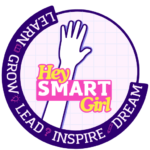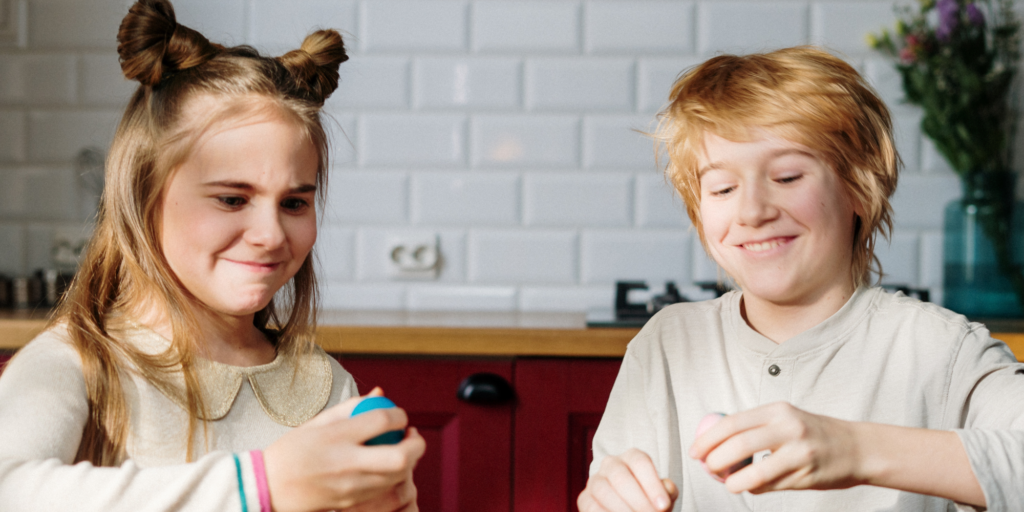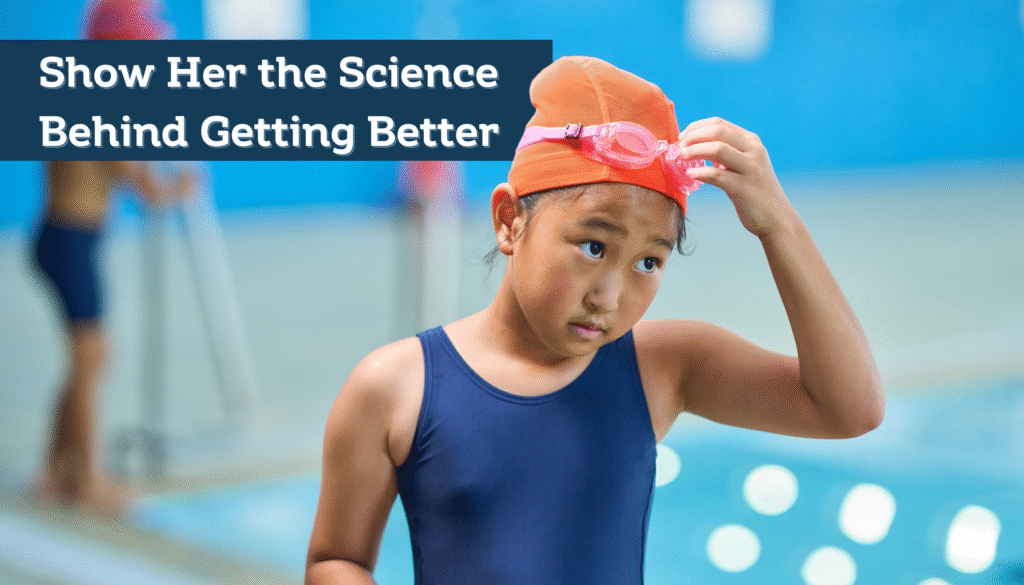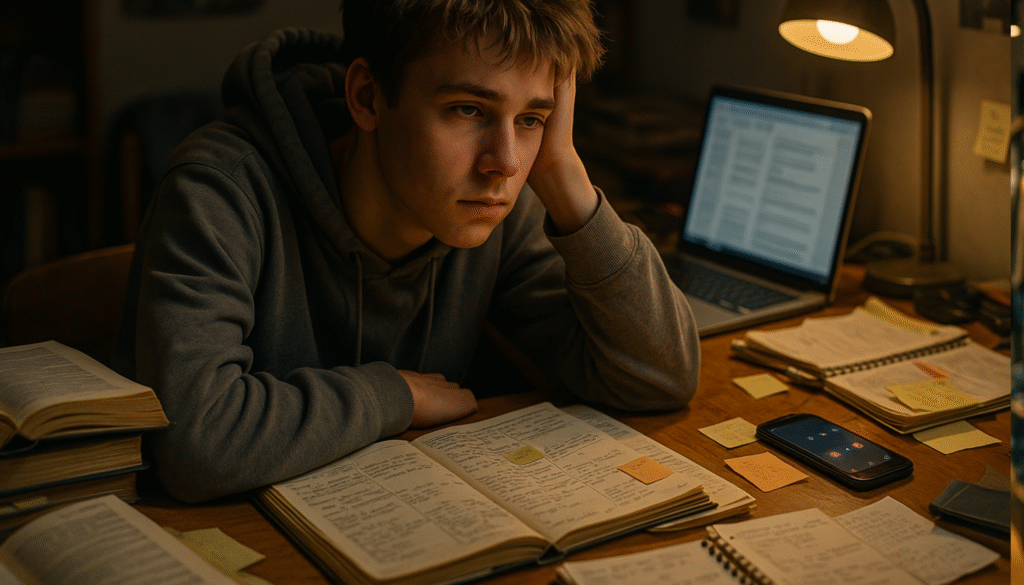These super simple science experiments are perfect for those rainy days or long days of Summer when extreme boredom has hit. They are quick and easy to set up using everyday household items and guarantee they will have everyone talking and laughing. A bonding experience like no other, these simple home experiments will spark your child’s curiosity, help them develop a growth mindset and maybe even introduce them to their future career.
Science isn’t just for classrooms or labs—it’s a whole lot of fun, especially when the entire family gets involved! Even better, research shows that family participation in STEM activities plays a critical role in building children’s curiosity, STEM skills, and long-term interest in science (Frontiers in Psychology, 2022).
You don’t need fancy equipment or years of experience to make science exciting at home. These fun and easy STEM activities for kids and families will spark creativity, teach problem-solving, and—most importantly—get everyone laughing and learning together! Whether you’re testing the limits of gravity or racing homemade zip lines, these activities bring STEM to life in a way that’s unforgettable.
If you’re ready to encourage your kids (or yourself!) to think like a scientist, dive into these five super simple super fun STEM experiments that the whole family will love.
1. The egg drop challenge
What you’ll need:
- Uncooked eggs, String, tape, straws, paper, plastic bags, or anything else you can find!
What to do:
- Using household items, each family member designs a parachute or protective device to keep their egg from cracking.
- Drop your egg from a height (start small, then work your way up).
- The winner is the one whose egg survives the fall!
The science behind it:
This classic STEM activity for kids demonstrates gravity and air resistance in action. Gravity pulls the egg downward, but the parachute or padding slows its fall by increasing air resistance. It’s the same principle engineers use when designing real parachutes and spacecraft landing systems.
Watching the failed attempts of this experiment is so much fun and guaranteed to have the whole family laughing. Get the family working together on designs, then brainstorm ways to improve them. STEM isn’t just about getting it right—it’s about experimenting and problem-solving! A fantastic chance to demonstrate that failure is actually an opportunity.
2. The light reflection maze
What you’ll need:
- A flashlight (or phone torch), Several small mirrors (handheld or standing) ,a target (a piece of paper with a bullseye, or a drawn shape on a wall) Optional: tape to hold mirrors in place
What to do:
There are two different ways to do this science experiment depending on how many people or mirrors are available.
- Start simple: Place the target on a wall or table. One player shines the flashlight toward it.
- Take turns setting up the mirrors: The goal is to bounce the light off mirrors to reach the target. This can be a team or individual event.
- Option one individual challenge mode: Each person gets a turn to set up the mirrors in the best way to bounce the light to the target. The fewer mirrors they use, the better!
- Option two team reflex challenge: Each person holds a mirror and everyone works together to redirect the light toward the target.
Want to make it harder? Move the flashlight to a different angle! Want to make it competitive? See who can hit the target from the furthest distance or with the fewest mirrors.
The Science Behind It:
This activity introduces the law of reflection—light travels in straight lines but changes direction when it bounces off a surface. The angle of incoming light (the angle of incidence) equals the angle of outgoing light (the angle of reflection). This science principle is used everyday in so many ways, for example mirrors are used in periscopes and telescopes! But also fiber optic cables use internal reflection to transmit light across long distances. This is how internet cables send data at the speed of light!
3. The Tablecloth Trick
What you’ll need:
- A tablecloth and some lightweight, non-delicate items (plastic cups, small toys, etc.).
What to do:
- Place the tablecloth on a flat surface and arrange your items on top.
- Pull the tablecloth quickly and smoothly to see if you can leave the items undisturbed.
- Start with lightweight objects and work your way up to heavier ones. ( I don’t recommend taking out the good china no matter how good you think you are)
The science behind it:
This is an exciting way to explore Newton’s First Law of Motion: an object at rest will stay at rest unless ‘acted’ upon by an external force. In other words if something is at rest, it wants to stay at rest and will not change without force. Much like trying to get your teens off the sofa. When you pull the tablecloth quickly, the force isn’t strong enough to move the items, so they stay in place. Science meets magic!
This may seem like a magic trick but actually it’s all about the ‘inertia’ of the objects on the table. Inertia refers to each object’s level of resistance to change.
Challenge: Can you do it with a full cup of water? (Be careful!)
4. Track Your Digestive System
What you’ll need:
- What You’ll Need: Some corn (or another easy-to-spot food) and a brave group of participants!
What to do:
- Eat corn at the same time and track how long it takes to see it in your poop.
- Record your observations and compare results!
The Science Behind It:
This experiment is a hands-on way to learn about the digestive system. On average, it takes 24-48 hours for food to travel through the body. By observing and recording, kids can explore how their bodies work—and start thinking scientifically about everyday processes.
If you don’t have corn you can try this out with different foods like beets or sesame seeds. Or try them all and compare digestion speeds. It’s a great way to get kids thinking about how our bodies work and sparking an interest in biology.
Fun Fact: If you stretched out your intestines, they would be about 25 feet long—the length of a school bus!
5. DIY Zip Line Challenge
What you’ll need:
- String, an empty toilet roll, and small toys (or spoons) as “avatars.”
What to do:
- Tie a string between two points (like a chair and a doorknob).
- Thread an empty toilet roll onto the string, attach your “avatar,” and tilt the string to let it race down!
- Experiment with different avatars to see which one is fastest.
The science behind it:
This challenge introduces kids to the principles of gravity and friction. A heavier “avatar” might race faster due to less resistance. These are the same forces engineers consider when designing transportation systems like ziplines or cable cars.
What is also at play in this zip line race is aerodynamics—Aerodynamics is the way air moves around things, and the smoother and faster something moves through the air, the less it gets slowed down. This is the science behind roller coasters and even car design.
Experiment: Try changing the angle of the string to see how it affects speed. Experiment with different weights of avatars and see how mass affects speed.
Conclusion: Make science fun for everyone!
These easy STEM activities for kids and families are the perfect way to bond, spark curiosity, and build skills like problem-solving and critical thinking. Whether you’re dropping eggs or racing zip lines, watching your kids experiment and learn will be a rewarding experience for everyone involved.
Give these experiments a try and turn family boredom into hands-on learning! Watching the whole family engaged and working together will be worth the mopping up of those egg yolks. I’d love to hear how it went—did your egg survive? Did the zip line champion emerge victorious? Tell me in the comments below, or share your favorite at-home science experiments!
Explore science further
If you’ve got a young girl who’s excited about science, check out my Hey Smart Girl book series! Packed with more hands-on experiments, funny jokes, and inspiring science facts, it’s designed to make STEM engaging and empowering for kids.








One Response
Can’t wait to try these out – thanks for sharing ☺️